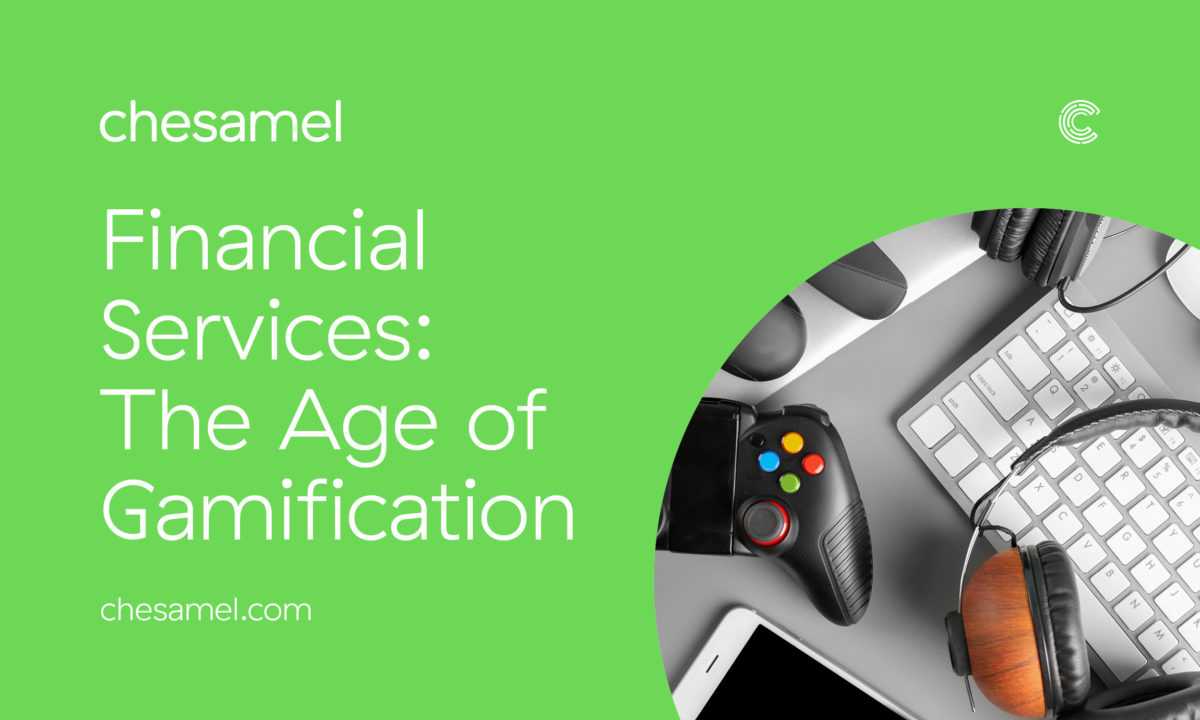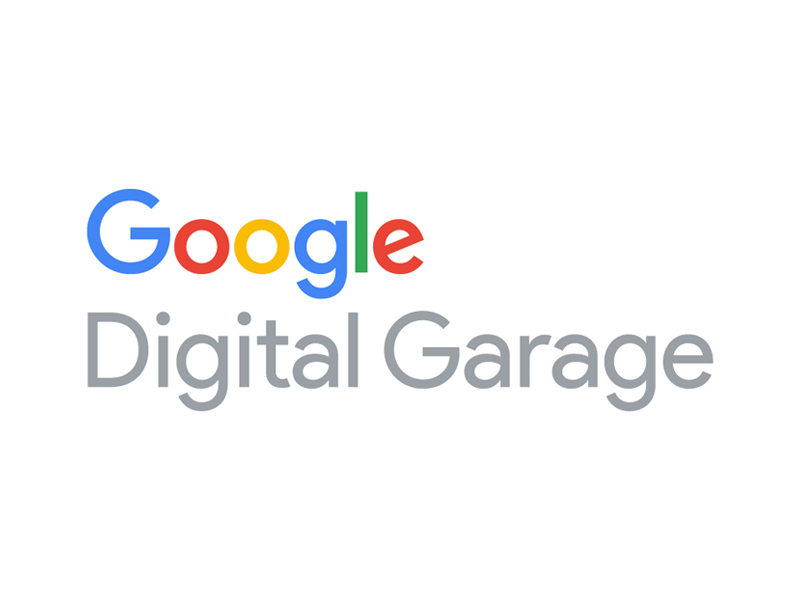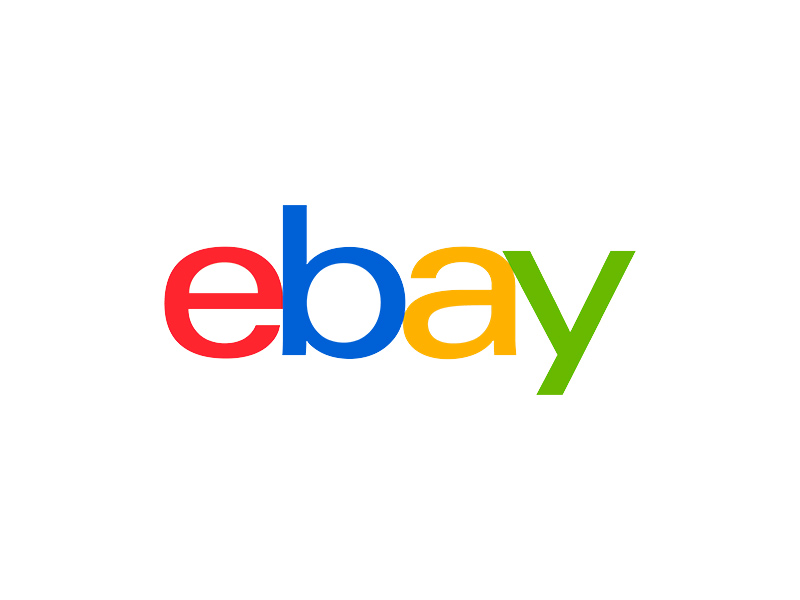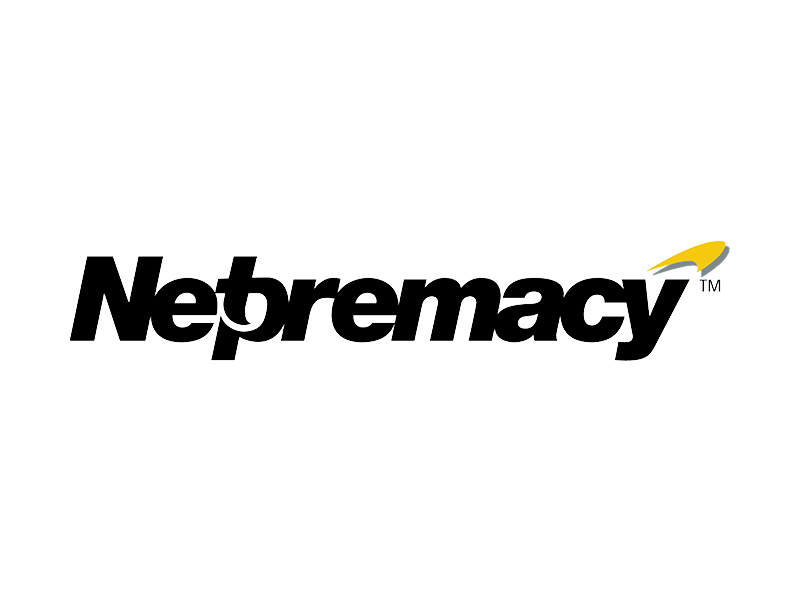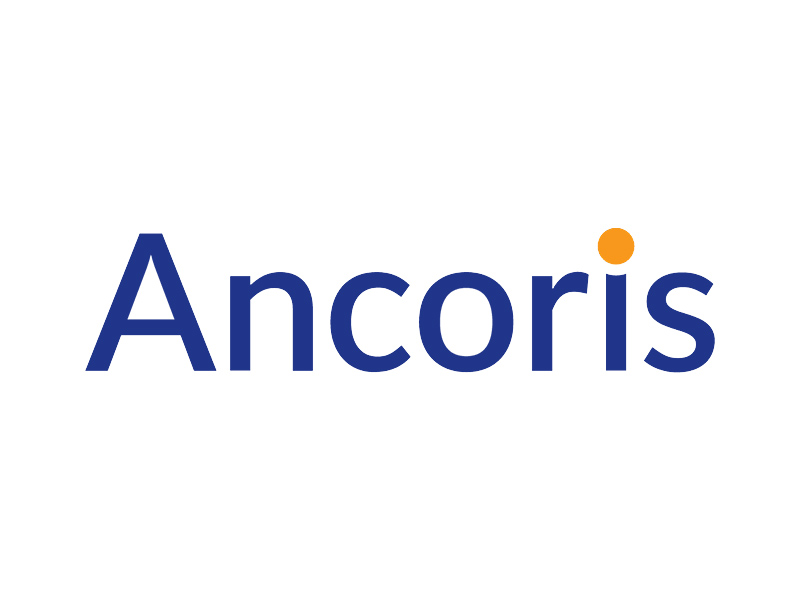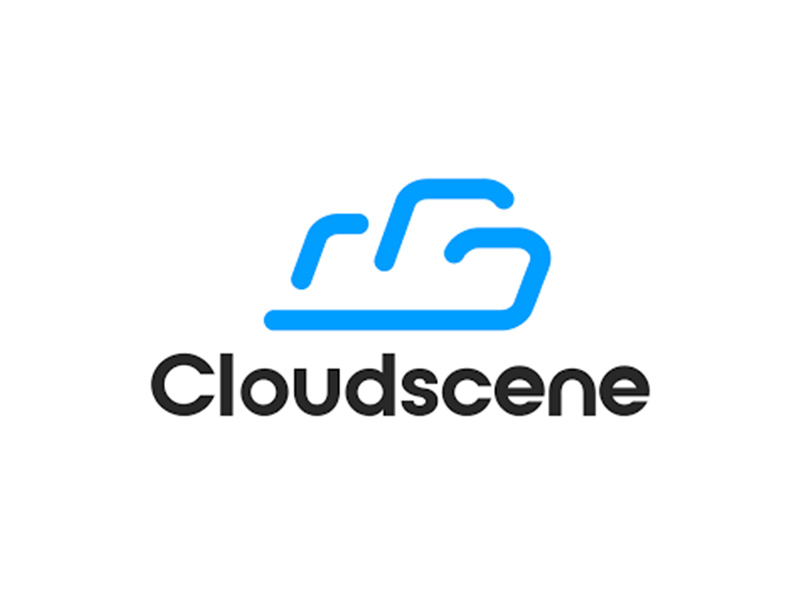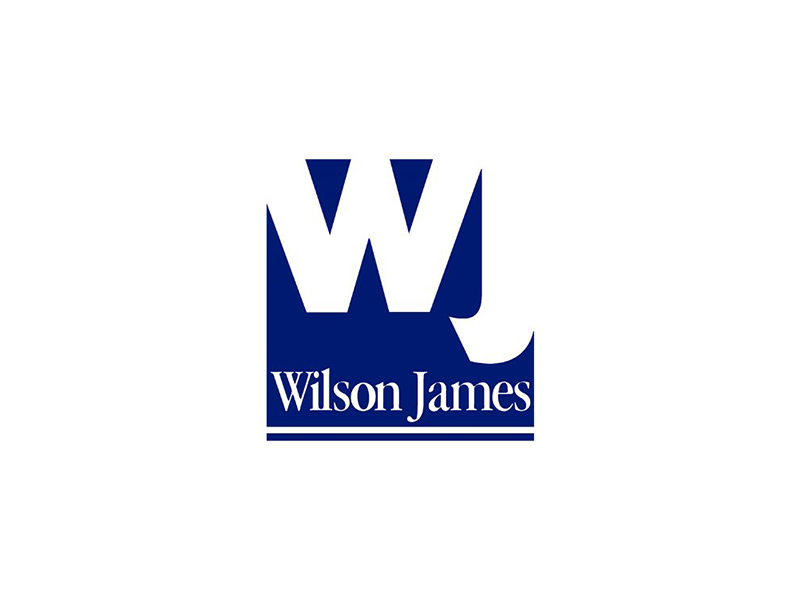Health and wellness is a popular and thriving industry; how popular? It’s a $4.2 trillion business globally; back in 2014, it was triple the size of the worldwide pharmaceutical industry at the time. This industry has been growing for some time now but between then and 2017 it was growing at nearly double (6.4%) the rate of economic growth (3.5%), according to the Global Wellness Institute. Employers need to be pinning this trend down and evaluating how they can incorporate the demand for this offering to enhance their employer branding.
Scroll through your Instagram feed, your Twitter or, dare we say, flick through your magazine and you’ll be drowning in articles, ads and posts around health and wellness: yoga instructors, meditation tips, healthy eating manuals, spa retreats, ways to look after your mind, body and spirit – and it’s no bad thing, these are all positive things, right? But why have we all and are still jumping on board the health and wellness bandwagon? It’s no phase, this one seems to be here to stay, with projected growth for at least the next five years.
“GWI predicts that the wellness economy will grow at a healthy pace in the next five years and will expand its share of the global economy.” Global Wellness Economy Monitor(GWI)
Why?
It’s not difficult to see why this is such a prominent trend, health and wellness is endlessly beneficial for us all. We’ve witnessed over the past 60 or 70 years a focus on some aspects of the health and wellness industry that we’re living today, however the naughties and the twenty-tens seem to have taken a holistic approach and strive for wellness in all of these areas: physical health including nutrition and fitness in avoiding illness, mental health, intellectual growth, workplace satisfaction, the list goes on. And put simply, where there is demand, supply will swiftly follow!

The Market
Consumers expect more from their brands, coinciding with their own awareness and desire for health and wellbeing, they are less passive and desire more information and more control over what they are offered. We have seen this through data protection and transparency laws changing, interactions with brands developing through social media and apps, and the requirement for many of the brands we use have a positive effect on the greater good, be this helping to end poverty, loving the environment or a strong workforce ethic.
The Worker
The worker is your internal customer and they should be as important to you as your external customers. This is where your employer branding comes into play, how do you give them what they desire in the workplace? How can you feasibly tap into this desire for health and wellness and satisfy your workforce continuously? It may help to remember that not only is this going to give you a more contented workforce, who are healthier and more productive but enable you to build a reputation as a brand that recruits actively want to work for. Dedication to offering health and wellness, which is pursued in all other areas of life, in the workplace will increase attraction and retention for the company. For these reasons, and the incentive to decrease healthcare costs by increasing preventative measures, (in Europe alone, in 2017 workplace wellness expenditure was $17.74 billion with North America not far behind at $17.56 billion!) businesses might consider raising their game when it comes to health and wellbeing. The changes do not, however, need to be something which breaks the bank, introductions can start small and often require effort over a cash injection.

Suggestions to Introduce Health and Wellness:
Mind: In the workplace, it is often the mind which is the most overworked and taxed. Offering continuous learning opportunities shows investment in your staff and increases their investment with your brand, improving your employer branding. However personal development and learning is also one variation of the health and wellness industry, so find ways for the team to always be learning and improving, this may be courses which you invest in as a company or it may be encouraging team members to share their insights and knowledge, boosting both their confidence and others’ learning opportunities.
Alternatively, you might like to arrange out of office opportunities to grow the mind, such as museum or theatre trips or even to learn something fun like a new language.
Body: Do you have control over the food offered in the workplace, be this a vending machine or canteen, how nutritious is the food offered to employees? If your staff bring their own food, can the facilities be improved at all? Or could you strike up a deal with a local health food place, a discount or loyalty scheme for your staff members?
Activity is vital for a healthy body and an active productive workforce, so if you’re lucky enough to have an onsite gym, are your staff using it? If not, then similarly to the healthy food store, could you strike up a relationship with a local gym to help your staff access the facilities if they wish? You could always just start by being openly accommodating for exercise on breaks or start up a running club in your team.
Spirit: Allowing the workforce access to holistic wellbeing options, you could introduce mindfulness reminders around the office, quiet areas for mindful working or invest in weekly or monthly Friday afternoon meditations sessions.
It’s a booming industry and the opportunity is there for employers to utilise this trend to improve their employer branding, their workforce morale and relationship with the brand, so get brainstorming and introduce a few changes in the New Year!



